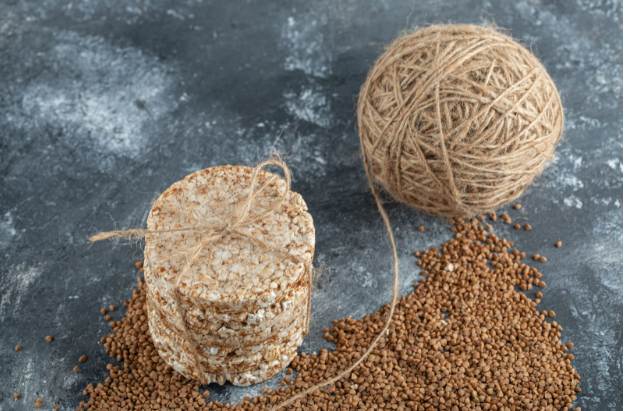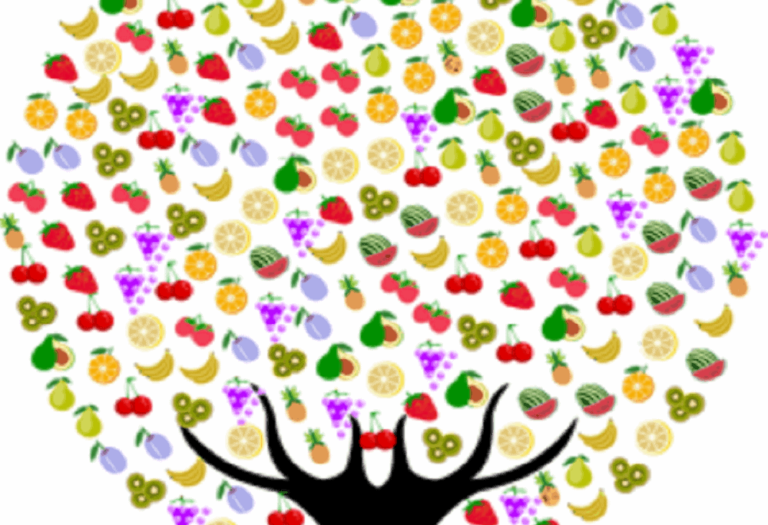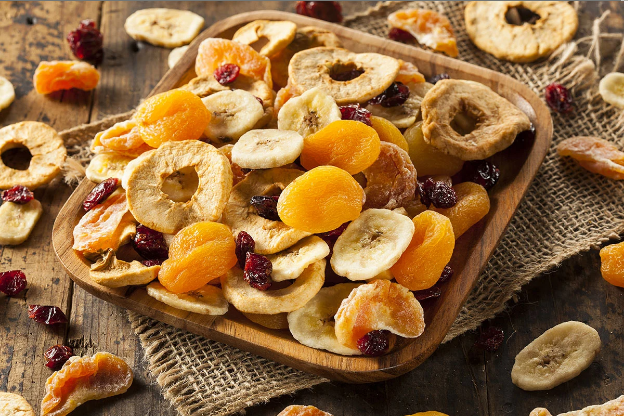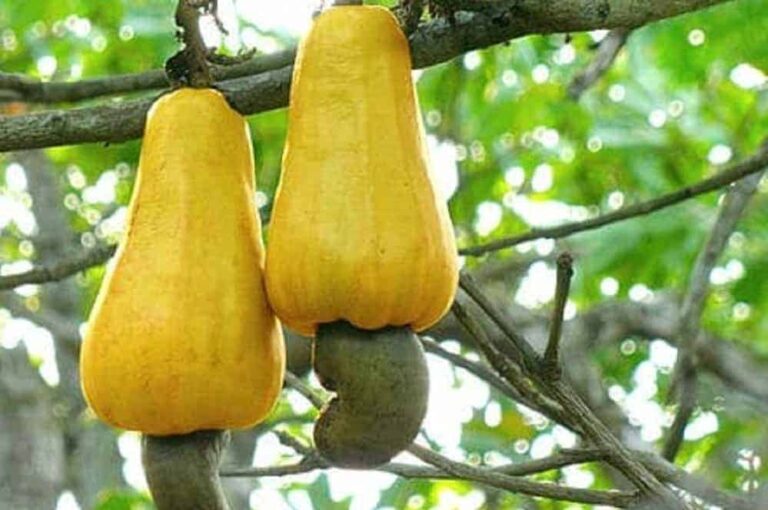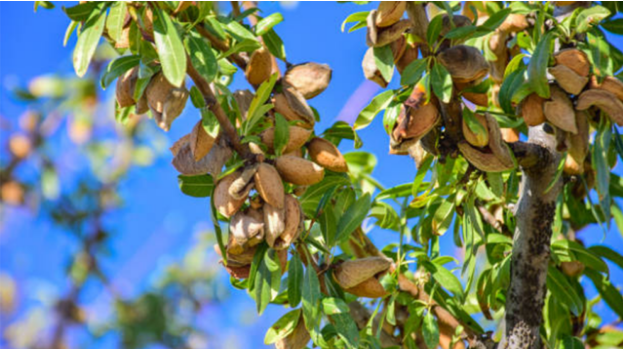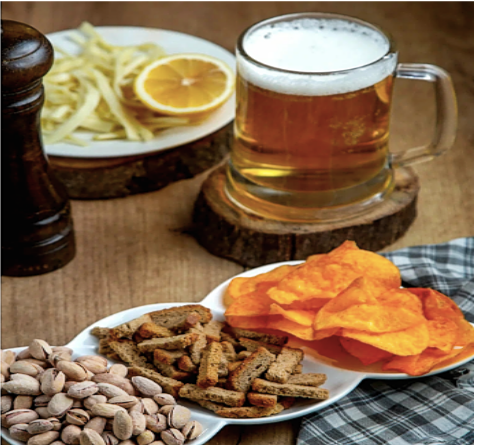Your cart is currently empty!
The Essential History Of Quinoa
South America is the cultural home of quinoa and contributes over 80% of the world’s supply. You will find it on most grocery store shelves, health food stores, and bulk seed warehouses. You can also head online to purchase quinoa in bulk from health food suppliers and save yourself a bit of money in the long run. The growing appetite for quinoa benefits us all as popularity drives demand and suppliers work to make shipping large supplies straight to your door increasingly simple. Read on for more fascinating history, tips, and nutritional information about this fantastic ancient grain.
Origins of Quinoa in South America
Quinoa is believed to be the most powerful food to come from the Andean Mountain regions of Peru and Bolivia. Over five thousand years ago the Indigenous peoples of the Altiplano regarded quinoa as more valuable than gold. The Incas considered quinoa to be their most sacred food, which contained spiritually enhancing qualities, and so named it ‘La Chisiya Mama’, or ‘The Mother Grain’.
At the start of each growing season, the Emperor would perform elaborate religious rituals to ensure a prosperous crop before giving thanks at harvest time. Celebrations often included the consumption of a beer-like beverage brewed from fermented quinoa called ‘Chicha’. The Incas prized quinoa for its ability to maintain their stamina and strength during grueling days or weeks-long marches at high altitudes. Quinoa and fat were combined to create ‘war balls’, which were easy to prepare and carry while sustaining an entire Incan army. Recipes for war balls can be found online for a taste of the Incan empire.
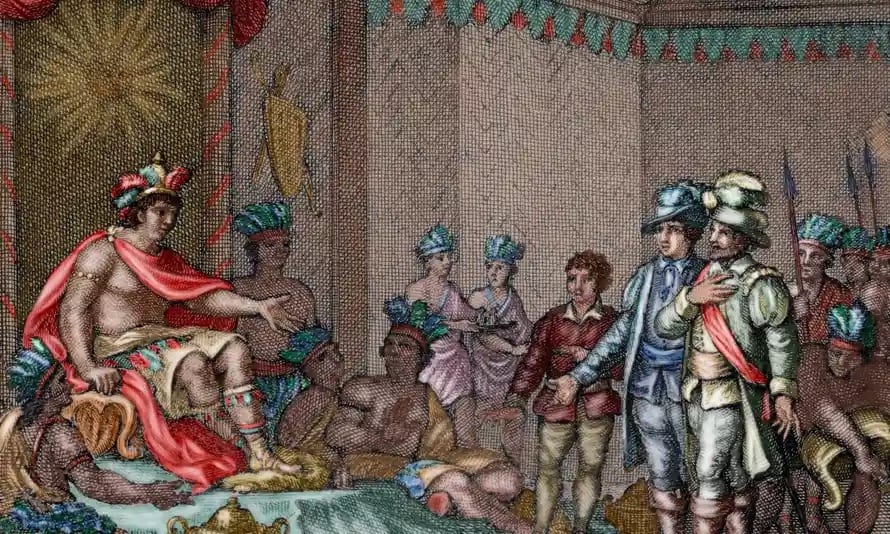
The power of quinoa was recognized by invading Spanish armies in the 1500s. To control the Indigenous Incan populations, the Spanish ordered the destruction of quinoa fields. The Europeans criminalized the growth, consumption, and worship of the “magical” grain. The empty fields were planted instead with potatoes, wheat, and barley. The Incan dependence on quinoa as a dietary staple meant that malnutrition and infant mortality soon followed.
After Being Outlawed, The Comeback Of Quinoa
What little quinoa cultivation remained was hidden away high up on the mountainous hillsides. The plant adapted to the harsh environmental extremes of poor soil, drought, intense ultraviolet light, and severe frost. Ironically, these adaptations have meant that quinoa has survived to this day thanks to its incredible resilience.
South America remains quinoa’s motherland. Most of the world’s quinoa is still cultivated and commercially grown in Peru and Bolivia. Other South American countries also cultivate quinoa on a smaller scale. Even in America, farms have sprouted in some US states and even in areas of Canada, Europe, and Asia Including the newest one we found, Teton Mills, in Idaho, USA.

Quinoa and Nutrition
Fewer than 10% of Americans eat the daily three servings of whole grains recommended by the US Department of Agriculture. Why is this bad news? Wholegrains have been repeatedly shown to improve heart health, lower blood pressure, and reduce the risk of strokes. Quinoa slows the rate of plaque buildup in arteries.
The more plaque, the greater the risk of cardiovascular disease. Even beyond heart health, consumption of whole grains has been linked to a decreased risk of breast cancer, prevention of gallstones, and a lower risk of type 2 diabetes.
Quinoa, while not technically a grain (it’s a seed), is nonetheless classified as a whole grain so it’s worth getting as much into your diet as possible. It is packed with vitamins and minerals that are excellent for our health, including magnesium, manganese, vitamin B6 and folic acid (crucial for pregnancy).
The wonderful, health-giving properties of quinoa don’t stop there. Its high linolenic acid content gives your immune system a boost. Additionally, its phytonutrients act as powerful anti-inflammatory agents to help fight off disease.
Finally, quinoa is an excellent source of tocopherols (a more technical name for vitamin E). Recognized by the Food and Agriculture Organization (FAO) as having cancer-preventative and anti-aging properties. This product is indeed a superfood.
Superfood for Super Babies
The ancient Incas called quinoa “the mother grain” for good reason. It was believed to promote healthy pregnancy and produce healthy babies by enhancing the nutritional quality of breast milk. Quinoa contains all eight essential amino acids and micronutrients that can only be obtained through the diet. One of these micronutrients is histidine, an essential amino acid crucial to childhood development. Deficiency leads to stunted growth and skin conditions like eczema.
Protein is made of amino acids. When all essential amino acids are present, the protein is described as a ‘complete protein’. Unlike other plants, quinoa provides roughly twice the protein and 5g more fiber than a cup of rice. Along with quinoa being a complete protein, it also boasts an impressive array of vitamins and minerals. Including vitamin B6, niacin, potassium, and magnesium. Because of this, this special grain makes an excellent alternative to traditional and often nutritionally inferior foods like rice.
Quinoa grains have a natural protective coating that tastes bitter to pests. Therefore, the use of pesticides is uncommon, and it is easier to find organic quinoa than other seeds.
Nature’s Gluten-Free Option
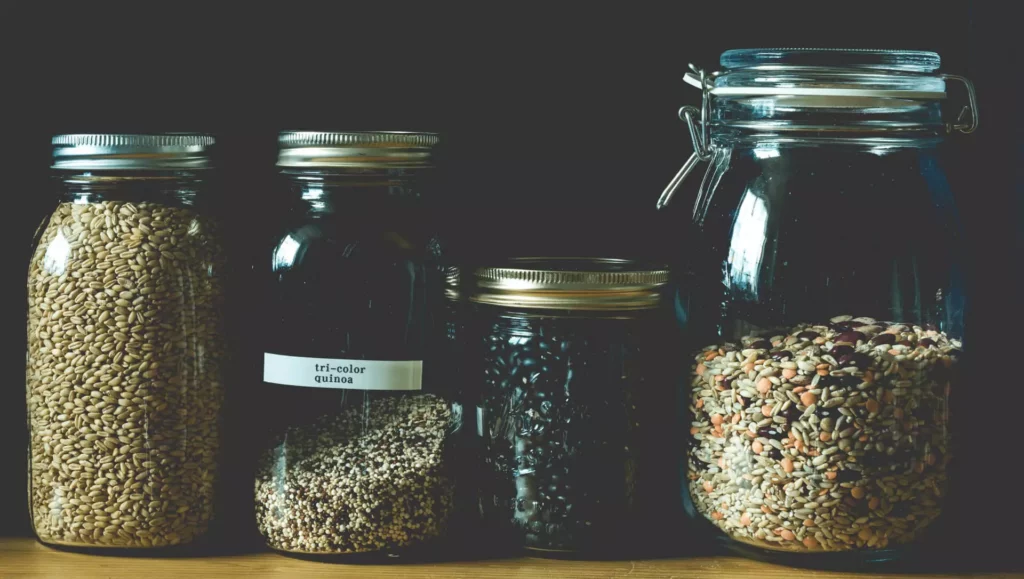
You’ve probably heard of gluten, a protein found in many grains and processed food like bread and pasta. People with Celiac disease, which affects approximately 1% of Americans, can’t eat gluten as it causes an autoimmune response where the body attacks its own gut lining, which can be incredibly dangerous.
The less serious cousin to Celiac disease, gluten sensitivity, is thought to affect around 6% of people in the USA and is also triggered by gluten. Although gluten doesn’t lead to a damaged gut lining, as seen in Celiac disease, people with gluten sensitivity suffer from inflammation as a response to eating gluten. This can cause pain, bloating, and unpleasant gastric symptoms. It’s little surprise then that 3.1 million people in the US opt for a gluten-free diet. This is driving a huge increase in the number of gluten-free options available in stores and restaurants across the US, but they tend to be pretty pricey.
Luckily for those with gluten sensitivity or other gluten-avoidant conditions, quinoa is naturally gluten-free and readily available (not to mention all those macro and micronutrients discussed above), so it makes a fantastic alternative to gluten-filled grains like wheat, barley, and rye. Read on for tips for cooking with quinoa!
Quinoa and Carbs
The more nutrition-savvy among us may already be familiar with macros. Macros, or macronutrients, are the main components of our food, namely protein, carbohydrate, and fat.
Quinoa is packed full of complex carbohydrates. Complex carbs are found in grains, seeds, and other unprocessed fruits and vegetables. Essentially, a complex carb is a food source that releases energy slowly during digestion, which helps to regulate blood sugar. Complex carbs are a great source of fiber and many vitamins and minerals. The high fiber content of complex carbs assists in digestion and maintaining a healthy balance of bacteria in the gut while also carrying water through the intestine- all of which helps keep things running smoothly in the bathroom department.
Simple carbohydrates are also found in fruits and vegetables, though to a far lesser extent. However, simple carbs are best avoided as they usually come from processed food like white bread and pasta, as well as in the more obvious form of sugar and refined syrups. Simple carbs are quickly digested and dump all of these sugars straight into the bloodstream, leading to insulin resistance, weight gain, energy crashes, and food cravings. Limiting the number of simple carbs in your diet protects against type 2 diabetes and all the other health problems associated with out-of-control blood sugar.
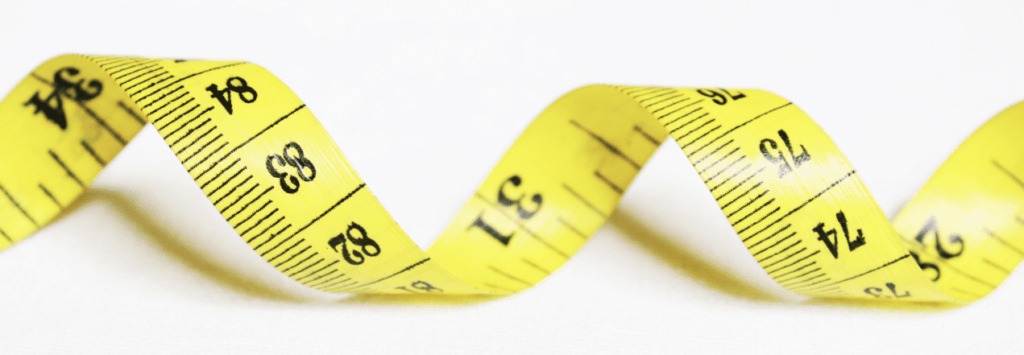
A Natural Weight Loss Solution?
Those on weight loss diets can also benefit from the complex carbohydrates, fiber, and protein in quinoa. Complex carbs and fiber promote a sense of fullness, therefore making it easier to reduce portion sizes. They are also great at keeping you hydrated as their structures bind to water molecules. Dehydration can lead to overeating. Confusing cues to the brain make it difficult to tell the difference between hunger and thirst.
Protein also binds itself to water, making its way to muscles to keep them healthy during and after exercise. Even better, diets high in protein are continuously found to have a link to healthy weight loss. Effectively satiating a person with comparatively lower calories with high protein compared to high-carb or high-fat diets.
Remember I told you about complete proteins being good for babies? Well- the same is true for you! A complete protein, like that found in quinoa, is easy for your body to absorb and assimilate into your muscles. The quality of protein in quinoa means that the body efficiently uses building blocks rather than eliminating them as waste. This is especially important for vegans and vegetarians looking for the best plant-based source of protein. Without purchasing expensive supplements.
Quinoa in the Kitchen
Quinoa is available in three colors: red, black, and, most commonly, a beautiful light gold color. The flavor remains the same no matter what color finds use. It cooks like other grains such as rice, couscous, or millet. If cooking a recipe, quinoa can replace several ingredients used in many dishes. Fruits, vegetables, and sauces complement the natural nutty flavor.
Cooking with Quinoa
First of all, Remember that protective coating? Well, it’s called saponin, and the bitterness that deters pests also works on us humans. Fortunately, it’s very easy to remove, and it isn’t harmful to us even if we eat it. Rinse your quinoa before you throw it in a pan. You could also leave it to soak before cooking. To reduce the bitterness, you can rub the grains between your fingers after soaking them. It will help you remove traces of saponin from the quinoa.
Cooking quinoa is simple. My favorite method is “simmer-and-set”.
Add your rinsed quinoa to a pot on the stove and allow two parts liquid for every part of the quinoa. You can use straight-up water or add a savory kick with the stock of your choice. Get the mix to a boiling point, then reduce the heat and simmer until all the liquid has been absorbed. Turn the heat off, fluff the grains with a fork, then cover and set it for five minutes. Quinoa can be added to your favorite sauces, curries, salads, and soups. It is that easy. Pressed for time, quinoa can be cooked and stored in the refrigerator for up to a week. Therefore, there is no excuse to pass up a chance to enjoy this superfood.
If your cooking game is not strong, quinoa can be found in pre-made pasta, nutrition bars, baked goods, and cereals. Head to a well-stocked health store and see what you can find.

Baking with Quinoa Flour
Why use quinoa flour? Well, compared to a cup of traditional all-purpose flour, a cup of quinoa flour has fewer calories (412 vs. 455) and fewer carbs (72g vs 95g) but more protein (16g vs 13G); fiber (7.8g vs 3.4g) and iron (25% vs 8%). Not to mention that it’s also gluten-free! With all those benefits, why would anyone still use wheat flour?
You can find quinoa flour at health stores or online. It is typically a creamy ivory color and often has the same fine texture as regular all-purpose flour. However, some quinoa flours on the market are more rustic and have a coarser texture. When baking, it’s always a good idea to find the finest flour available.
If not finding the type of flour you need, or you’re feeling adventurous, you can make your own quinoa flour. The use of quinoa is found in pancakes, waffles, cakes, brownies, cookies, bread, and even pizza crusts. It all depends on your imagination.

Whether you are looking to boost your health, lose a few pounds, or add some variety. Giving quinoa a chance in your kitchen? It has stood the test of time and promises you the best of both worlds. As delicious food and unbeatable nutrition. Add quinoa to your diet; see where it takes you!

